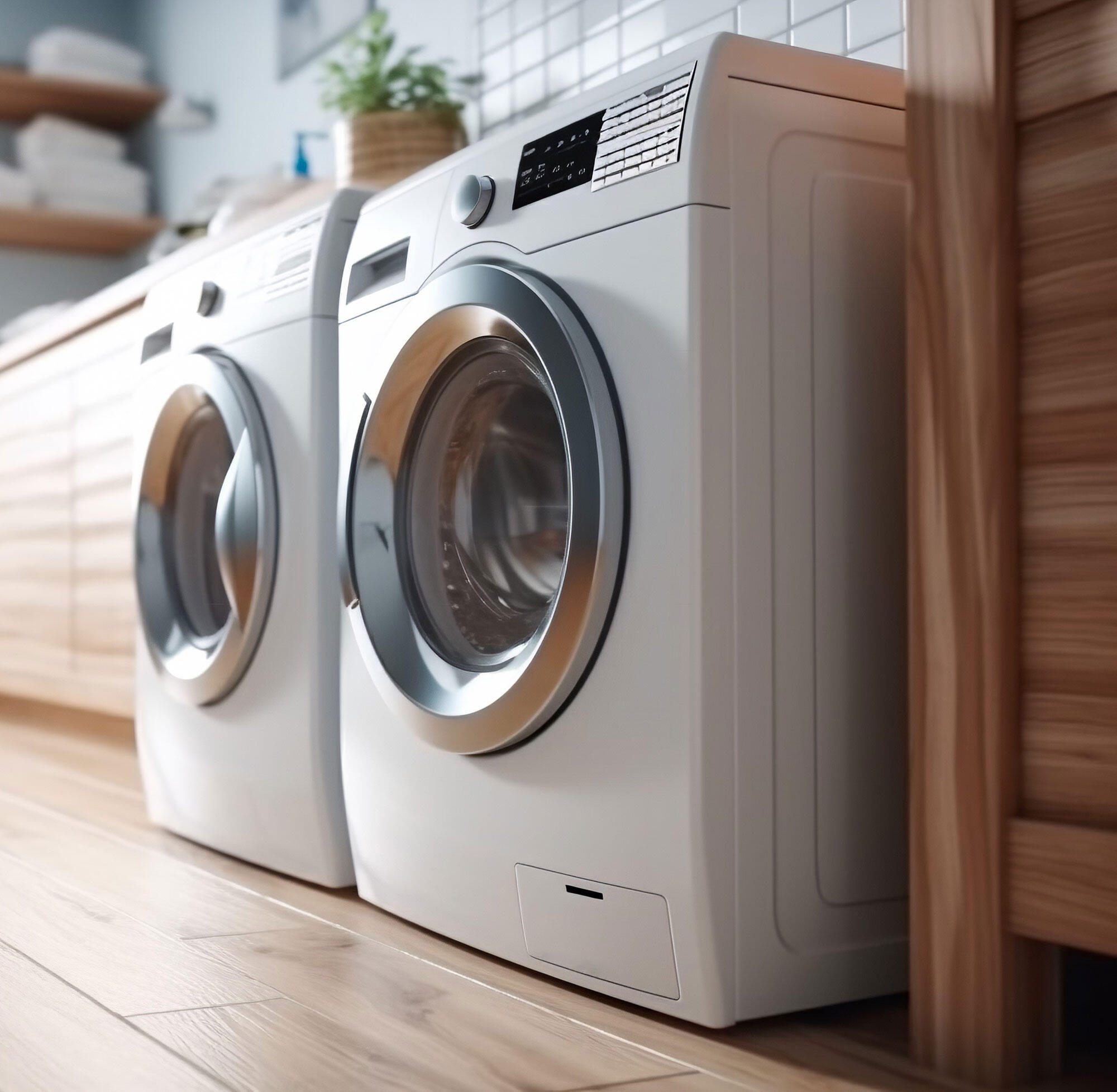
THE PRODUCT:
Clothes dryers include both standard- and compact-sized electric and gas dryers. Most clothes dryers are vented, where the exhaust air is vented outside, whereas ventless dryers are common in space-constrained applications (e.g., apartments). Manufacturers have also recently introduced ventless heat pump clothes dryers to the US market, which can reduce energy use by up to 50% or more compared to a conventional electric resistance dryer.
THE STANDARD:
The current standards for clothes dryers took effect in 2015. The standards were based on a consensus agreement between manufacturers and efficiency advocates and specify a minimum combined energy factor (CEF) for each type of dryer. The minimum CEF levels for standard-size electric and gas dryers are 3.73 and 3.30, respectively. The current standards represent energy savings of about 5% relative to the previous standards, which took effect in 1994.
In 2024, DOE finalized amended standards for clothes dryers based on a joint recommendation from manufacturers and efficiency advocates. For both standard-sized electric and gas dryers, the standards are equivalent to the current ENERGY STAR levels and represent energy savings of about 40% relative to the least-efficient products on the market.
*CEF is expressed in terms of pounds of clothes dried per kWh of energy consumed.
KEY FACTS:
Clothes dryers often represent the third largest energy user in a home behind only heating/cooling equipment and water heaters. About 80% of US households have a clothes dryer, and of those, about 80% utilize an electric clothes dryer.
Agreements
Fact Sheets
Filings
Other
ASAP Press Releases
Reports
Timeline
| Federal | Date |
| Next Review Due | 2030 |
| 4th Federal Standard Effective | 2028 |
| 4th Federal DOE Standard Adopted | 2024 |
| 3rd Federal Standard Effective | 2015 |
| 3rd Federal Standard Adopted | 2011 |
| 2nd Federal Standard Effective | 1994 |
| 2nd Federal Standard Adopted | 1991 |
| 1st Federal Standard Effective | 1988 |
| 1st Federal Standard Adopted | 1987 |
| NAECA Initial Federal Legislation Enacted | 1987 |